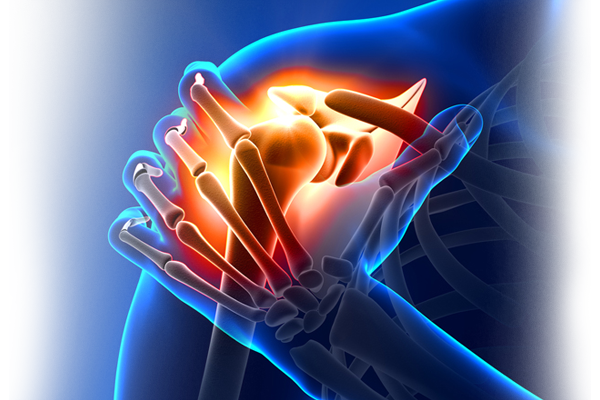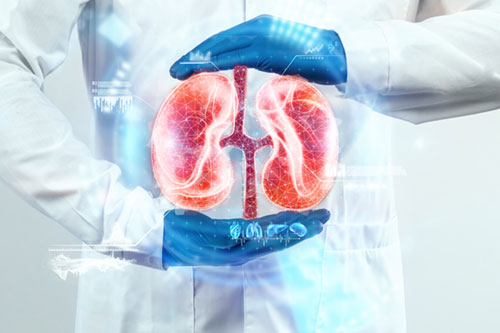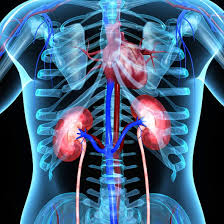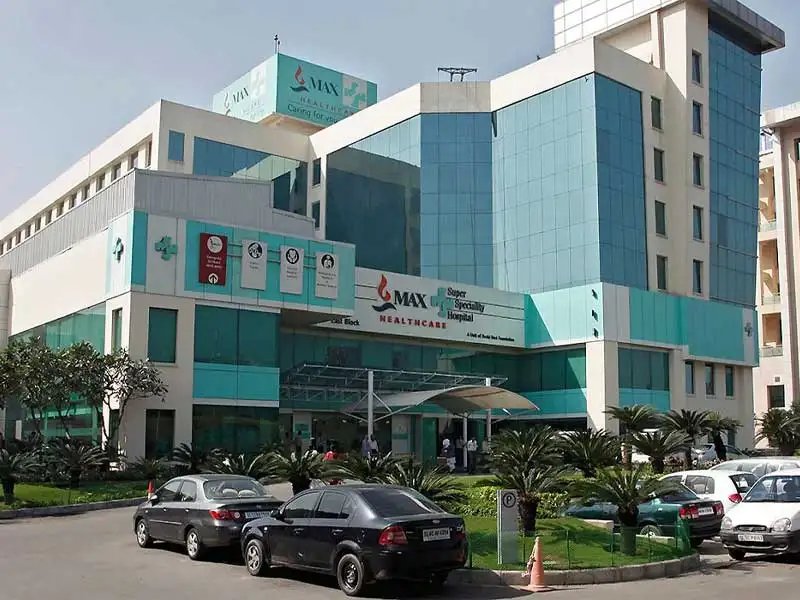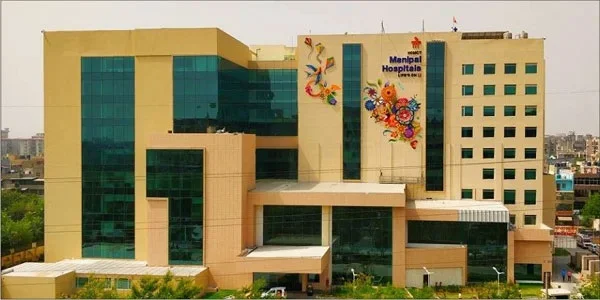CABG - Redo
CABG stands for coronary artery bypass grafting. It's a surgical procedure used to improve blood flow to the heart muscle in people with coronary artery disease (CAD). CAD occurs when fatty deposits (plaque) build up on the inner walls of the coronary arteries, narrowing the arteries and reducing blood flow to the heart. This can lead to chest pain (angina), shortness of breath, and even heart attack.
How CABG works:
CABG creates a bypass around the blocked coronary artery using a healthy blood vessel taken from another part of the body, typically the chest wall (internal mammary artery) or the leg (saphenous vein). The grafted vessel acts as a detour, allowing blood to flow around the blockage and deliver oxygen-rich blood to the heart muscle.
Who needs CABG?
CABG isn't always the first course of treatment for CAD. Lifestyle changes, medications, and minimally invasive procedures like angioplasty and stenting may be tried first. However, CABG may be recommended if:
- You have severe narrowing of one or more major coronary arteries.
- You have blockages in multiple coronary arteries.
- Medication and other treatments haven't provided adequate relief from chest pain or symptoms.
The CABG procedure:
CABG is a major surgery typically performed under general anesthesia. Here's a simplified outline of the steps involved:
- Chest incision: A surgical incision is made down the middle of the chest bone (sternum) to access the heart and coronary arteries.
- Cardiopulmonary bypass: The heart-lung bypass machine takes over the functions of the heart and lungs while the surgeon operates on the stopped heart.
- Graft harvest: A healthy blood vessel is carefully removed from the chest wall or leg.
- Grafter preparation: The ends of the grafted vessel are prepared for attachment.
- Artery attachment: The grafted vessel is sewn onto the aorta (the main artery leaving the heart) above the blockage and then sewn onto the coronary artery beyond the blockage, creating the bypass. This may be done for multiple coronary arteries if needed.
- Weaning off bypass and closure: Once the bypasses are complete, the heart is gradually weaned off the bypass machine and allowed to resume beating on its own. The chest cavity is then closed with sutures or wires.
Recovery from CABG:
After CABG surgery, you will typically stay in the hospital for several days for monitoring and recovery. Recovery at home can take weeks to months, depending on your individual health and the complexity of the surgery.
Here are some key aspects of recovery:
- Pain management: Medication will be provided to manage pain and discomfort after surgery.
- Physical therapy: Rehabilitation is crucial to regain strength, improve flexibility, and restore normal function.
- Cardiac rehabilitation: This program helps you learn how to exercise safely and make lifestyle changes to improve your heart health and reduce your risk of future problems.
- Medication: You may need to take medications to manage cholesterol, blood pressure, and prevent blood clots.
- Lifestyle changes: Maintaining a healthy lifestyle with a balanced diet, regular exercise, smoking cessation, and stress management is vital for long-term heart health.
Risks and complications of CABG:
As with any major surgery, there are risks and complications associated with CABG, such as:
- Bleeding
- Infection
- Stroke
- Blood clots
- Kidney problems
- Irregular heart rhythms
- Pneumonia
- Death (although rare)
If you have been diagnosed with CAD and are considering CABG, it's important to discuss the risks and benefits with our doctor. They can help you understand if CABG is the right treatment option for you and address any questions or concerns you may have.

